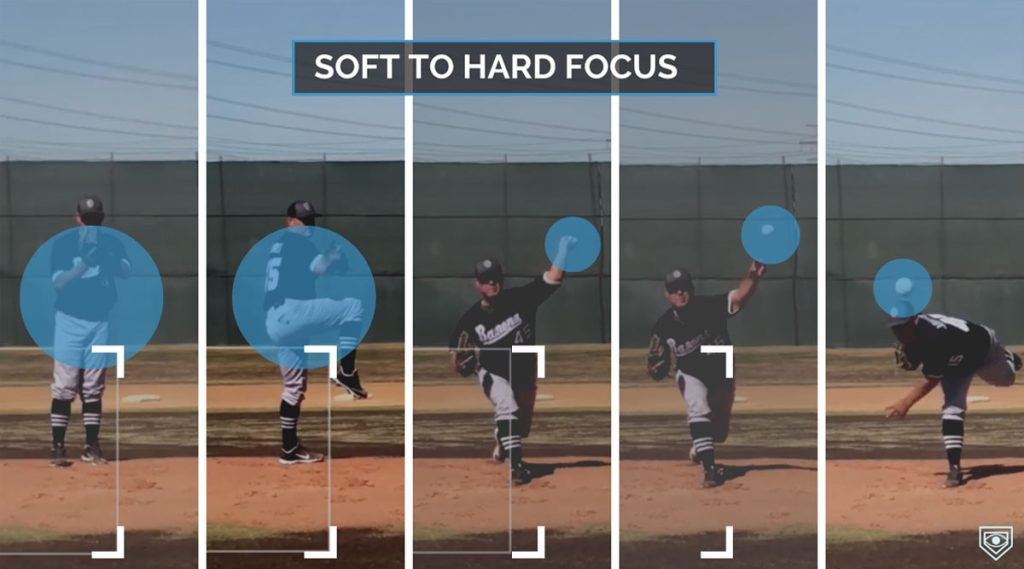Catching in baseball is more than just donning the gear and throwing out baserunners. It’s a craft that demands a deep understanding of the game, precise technique, and the ability to turn balls into strikes. One of the key skills that separates great catchers from the rest is the art of pitch framing. In this guide, we’ll explore the techniques and strategies for framing pitches like a pro, enhancing your ability to present pitches effectively and gain an edge for your team.
1. Understand the Strike Zone
To frame pitches effectively, you need a keen understanding of the strike zone:
- Low and Away: The lower edges of the zone, especially away from the batter, can be challenging to frame but are crucial for presenting breaking balls.
- High Strikes: Some umpires may call high strikes, so be ready to frame pitches at the top of the zone.
- Edges: Focus on framing pitches on the corners of the zone, as these are often the most critical calls.
2. Receive with Soft Hands
The key to framing pitches is to receive the ball with soft, subtle movements:
- No Jabbing: Avoid stabbing at the ball with your glove. Instead, let the ball travel into your mitt.
- Quiet Hands: Keep your glove steady and avoid unnecessary movement. Subtle adjustments can make a big difference.
3. Presentation Techniques
Presenting the pitch effectively involves techniques that make the pitch appear more like a strike:
- Catch and Hold: When catching the pitch, catch it slightly off-center in your mitt and hold it for a beat, giving the umpire a clear view of the pitch’s location.
- Stick the Landing: As you catch the pitch, subtly “stick the landing” by keeping your glove still after the catch.
- Finger Flexibility: Use the flexibility of your fingers and wrist to make slight adjustments to the glove’s position.
4. Pitch Recognition

Pitch recognition is crucial for framing effectively:
- Anticipate Break: Recognize the movement and break of the pitch early, allowing you to position your glove accurately.
- Stay Square: Keep your body square to the pitcher, and move with the pitch to maintain a clear line of sight to the umpire.
5. Work with Umpires
Building a rapport with umpires can be invaluable:
- Consistency: Pay attention to the umpire’s strike zone and adapt your framing technique to their preferences.
- Respect: Maintain a respectful and professional demeanor when discussing calls with umpires. Avoid confrontations.
6. Practice with Pitchers
Collaborate with your pitchers to enhance your framing skills:
- Bullpen Sessions: Work with pitchers during bullpen sessions to get a feel for their pitch movement and location.
- Pitch Selection: Understand your pitcher’s strengths and tendencies to anticipate pitch types and locations.
7. Video Analysis
Use video analysis to refine your framing technique:
- Review Game Footage: Study game footage to identify areas for improvement in your framing technique.
- Compare to Pros: Analyze how elite catchers frame pitches, and try to emulate their techniques.
8. Stay Engaged
Framing isn’t just about the actual catch; it’s about presenting pitches throughout the game:
- Stay Engaged: Maintain focus and engagement in every pitch, even during less critical moments.
- Quick Recovery: If a pitch is called a ball, quickly reset and prepare for the next pitch.
9. Confidence and Consistency
Confidence in your framing ability is essential:
- Believe in Yourself: Trust your skills and believe that you can effectively frame pitches.
- Consistency: Strive for consistency in your framing technique. Umpires appreciate predictability.
10. Adapt and Learn
The strike zone can vary from umpire to umpire, so be adaptable:
- Learn and Adjust: Pay attention to how the umpire is calling the game and make adjustments as needed.
Framing pitches like a pro is an art that requires practice, precision, and an understanding of the game. By honing your technique, recognizing pitch movement, and working in harmony with your pitchers, you can become a valuable asset behind the plate. Effective framing not only benefits your team by turning balls into strikes but also elevates your status as a catcher who understands the nuanced art of pitch presentation.
